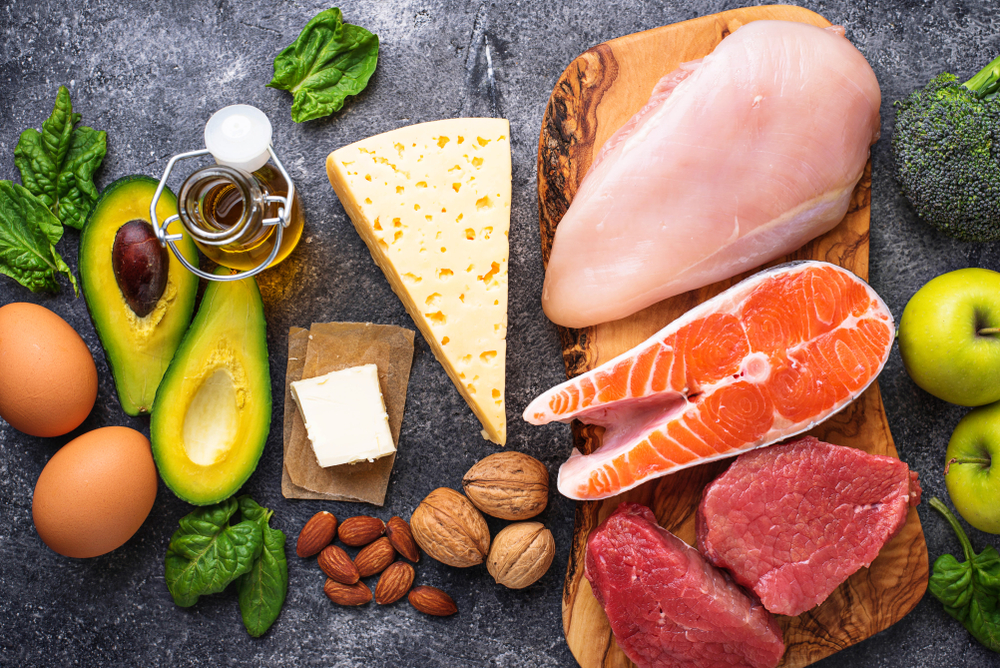An Overview Of High Triglycerides
An overview of high triglycerides
Triglycerides are found in the blood and the body uses it for energy. It is required for good health, yes, but high triglycerides can cause heart problems and are also a sign of metabolic syndrome, high blood sugar, and too much fat on the waist. This can be a sign of much lack of health. Metabolic syndrome increases the risk of heart disease, diabetes, and stroke.
A blood test will measure the cholesterol and triglycerides.

What causes it?
High triglycerides are caused by conditions such as obesity, uncontrolled diabetes, hyperthyroidism, kidney problems, eating more than you can burn, and drinking alcohol. Certain medicines such as tamoxifen, steroids, beta-blockers, diuretics, estrogen, and birth control pills also raise triglycerides; sometimes, it runs high in the family.
Usually, high triglycerides do not cause any symptoms per se . However, if it is a genetic condition, then one will see fatty deposits under their skin.
How to lower it?
You can lower it by making lifestyle changes like losing weight, limiting fatty food and sugars, being active, quitting smoking, limiting alcohol intake, and talking to your doctor and taking medicines for the same.
Triglyceride fat comes from the food we eat. It is also made by the liver when we eat starchy/sugary foods. This energy is used or stored. When the body cannot use the triglycerides it gets stored as fat cells.
Like cholesterol, high triglycerides clot the arteries leading to heart attacks and strokes. They also lead to pancreatitis. There are many ways to lower your triglycerides.
Triglycerides and diet
The food you eat plays a big part in your readings. Eating the right food can help triglycerides to reduce in a matter of days but wrong foods will send the triglyceride levels soaring.
- Triglycerides can inch up with sugary foods, foods high in saturated fat such as cheese, whole milk, and red meat. Avoid sugary foods such as soda, baked goodies, candy, most breakfast cereals, concentrated fruit juices, flavored yogurt, and ice cream. Those with hidden sugar are anhydrous dextrose, cane crystals, caramel, sucanat, sorghum, sorbitol, pentose, nectars, malted barley, malt syrup, liquid fructose, glucitol, corn syrup, diglycerides, disaccharides, erythritol, evaporated cane juice, Florida crystals, fructooligosaccharides, xylitol, and xylose. These also include sucrose, maltose, lactose, glucose. fructose, and dextrose.
- Focus on high fiber foods: Fiber fills your stomach without adding calories, and slows down the digestive process, keeps you full for longer which helps lower triglycerides. Fiber is found in fruits, vegetables, lentils, and grains also in beans, flaxseed, pumpkin seeds, oat and rice bran, oatmeal, split peas, Brussels sprouts, broccoli, raspberries and blackberries, popcorn, wild rice, and whole wheat spaghetti. Avoid refined white flour.
- Eat the right kind of fat: These fats are mono- and polyunsaturated fats found in avocados, walnuts, chicken without the skin, canola oil, and olive oil. Stay away from trans fats like processed foods, French fries, crackers, cakes, chips, and stick margarine. Limit your saturated fat consumption found in red meat, ice cream, cheese, and buttery baked goods.
- Pick fish over meat: Omega-3 fats are found in fish and help your heart work to lower your triglycerides. Red meat is laden with saturated fats. There are bad for the heart and increase the triglyceride count. Fish is an important element and you need to eat at least twice a week. You can go in for fish like salmon, mackerel, lake trout, herring, albacore tuna, and sardines. Other sources of Omega-3 are spinach, kale, flax seeds, brussels sprouts, beans, and salad greens. Omega-3 capsules are available but clear it with your doctor. Because everyone does not need it and some maybe at risk to bleeding. Healthier life helps lower triglycerides without supplements. If approved by the doctor looks for capsules with EPA and DHA (powerful omega-3 supplements).
- Some people have a family history of genetic deficiency making them more likely to develop high triglycerides. These people are more overweight. Women who are pregnant or are taking estrogen/ hormone replacement therapy or have polycystic ovary syndrome are likely to develop it. Those who have heart problems before the age of 50 could also have it, as could Mexican-American men and Indian Americans.
- A simple blood test will reveal whether your triglycerides have fallen into a healthy range. The usual level is less 150 (mg/dL), milligrams per deciliter. The borderline higher range is 199 to 150+, high range is between 200 and 499 and very high triglycerides levels are somewhere around 500 mg/dL or more. Doctors check for high triglycerides with a cholesterol test (also called a lipid profile). You have to fast for 9 to 12 hours before the blood test.
The difference between triglycerides and cholesterol
Triglycerides and cholesterol are different types of lipids that circulate in your blood. Triglycerides store the unused calories and they provide the body with energy. While cholesterol is used to build cells and some hormones. Both cannot dissolve in blood, they circulate in the body with the help of proteins that transport the lipids also called lipoproteins.




